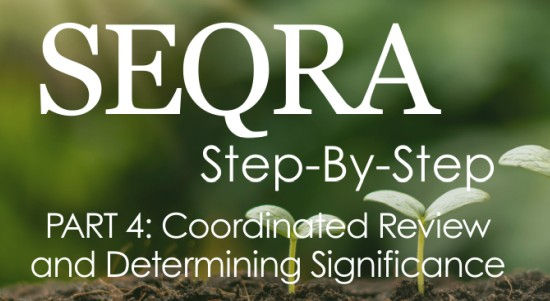New York State Significantly Revises Part 360 Solid Waste Management Regulations
- Underberg & Kessler

- Apr 16, 2018
- 4 min read
On September 5, 2017, the New York State Department of Environmental Conservation (DEC) concluded an extensive regulatory revision process to make the first major changes to the Solid Waste Management Regulations, 6 NYCRR Part 360, in approximately 20 years. The revised Part 360 regulations went into effect on November 4, 2017, and address design and operational requirements for all solid waste management facilities in the State. The changes are significant in a variety of areas, including structural changes and scope of regulatory coverage. A detailed discussion is impossible in this format, but this article will highlight some of the key changes.
First, the Part 360 regulations have been revised to create new sub-parts for various waste categories. The regulations are now organized into a Part 360 series by specific waste topic ranging from Part 360-369. This should make it easier to review and revise the regulatory sections in the future.
In addition, the regulations address previously unregulated areas such as mulch processing facilities. DEC views the new criteria as an important step to avoid potential threats to water quality and the general environment across the State. The agency has also added new provisions to address mulch storage facilities, as well as composting facilities.
Another area that DEC strengthened are the regulations that govern wastes from oil and gas production activities. DEC has enhanced the prohibitions on the disposal of flowback water and production brine from oil and gas production, along with increasing testing requirements and parameters for the reuse of brines for dust and ice control on roads. The new regulations require waste tracking documents for transportation of most types of drilling and production wastes. Although the issue has been addressed through permits previously, the regulations now require the installation and use of radiation detectors at solid waste management facilities that accept drilling and production waste, or municipal solid waste.
Aside from revisions to regulations on landfills and solid waste facilities, the revised Part 360 regulations will have a significant impact on the management of construction and demolition debris. Surplus construction material such as soil, stone, concrete and asphalt is generated and managed at a myriad of construction and redevelopment projects. The new regulations will lead to much more regulatory intensive treatment for the material, since the new regulations treat surplus construction material as a regulated waste.
Although there are provisions to allow the beneficial re-use of such materials in certain circumstances, via pre-determined beneficial re-use determinations for other solid waste, it is the generator’s responsibility to make advance determinations prior to removal of the surplus construction material and obtain DEC’s pre-approval. If the construction materials are not exempt from the regulations, sampling will be required under the direction of a Qualified Environmental Professional (i.e., PE, PG or certified Site Remediation Professional). The regulations detail the sampling parameters, frequency of sampling and reporting requirements. Once sampled, the fill material needs to be classified as “general fill,” “restricted use fill,” or “limited use fill” based on maximum allowable contamination levels for each category of fill.
The rule provides that “general fill,” the category with the least regulatory restrictions on re-use, can have no “non-soil constituents.” Conversely, restricted use fill and limited use fill have limitations on both re-use and the future use of the property, which will likely require future management if the site where the fill is placed is disturbed. The classes of fill are considered regulated waste up to the time that they are beneficially re-used in the manner provided by the regulations. This is significant, since the handling and temporary stockpiling of the material are subject to time limits.
The regulations require facilities with existing beneficial use determinations (BUD) for solid waste material to request a renewal of the BUD from DEC within six months of the regulations becoming effective. If not, the BUD will expire and the facility will need to request a new BUD from DEC. Thus, facilities with previous stockpiles of material subject to a BUD will have six months to manage the material in accordance with the BUD.
Additional regulatory provisions address the handling and transportation of the construction material. If the material is going to be screened, sorted, crushed or blended, the facility may be subject to registration or permitting. Transportation of the materials requires a Part 364. Notably, re-use of these materials is limited only to sites with a demonstrated need for fill based on a governmental approval, such as a site plan or building permit.
Revisions to environmental regulations of any sort can be a challenging process. DEC’s revisions to the comprehensive solid waste regulations set forth under Part 360 enlisted a great deal of public comment and concern from the regulated community. Implementation of the revised regulations will require some time to gain experience with the new regulatory provisions by both DEC and regulated entities, but after 20 years, updates and revisions were certainly warranted.
As always, if you have any questions, please feel free to contact us here or call us at 585.258.2800.







Comments